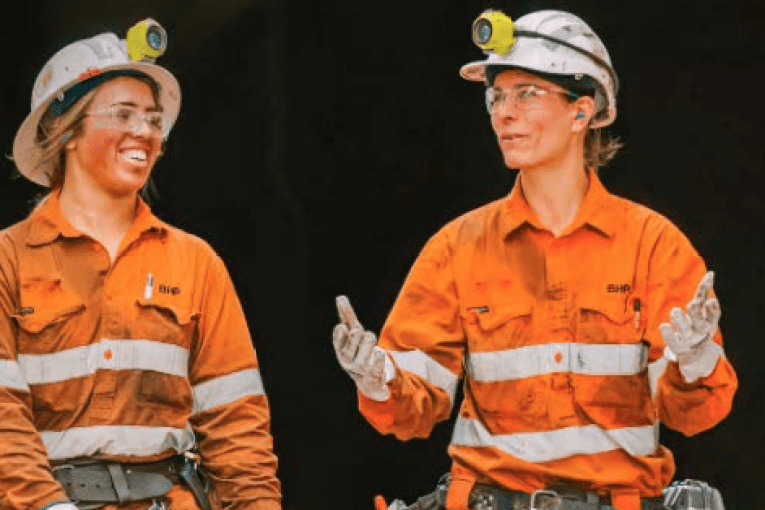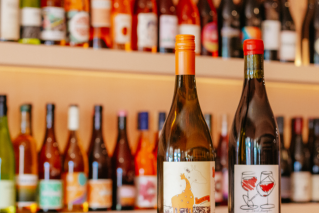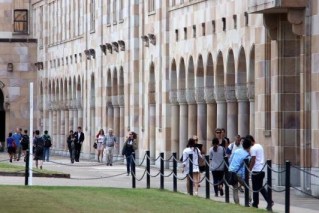Job vacancies surge and single mums find their way back to the workforce
There were more than 480,000 job vacancies in Australia in May, a growth of 58,000, or almost 14 per cent, in three months.


Image: Helena Lopes/Unsplash
The Australian Bureau of Statistics data showed growth was nowhere near as dramatic in Queensland. Vacancies in the state in May were 78,600, an increase of only 2000 on February levels, but more than 10,000 on May last year.
This was likely to be because the restrictions in Queensland were not as severe in other states so the rebound has been less dramatic.
But the ANZ said a major feature of the surge in jobs was that the more flexible work arrangements brought in to deal with pandemic restrictions was that it had allowed more women to get jobs, including those with children.
It said the most marked difference in male and female employment was in the category of single parents which showed 8 per cent growth for women compared to 1.4 per cent for men.
ABS head of labour statistics Bjorn Javis said there was now almost the same number of vacancies as there were unemployed people, whereas in 2020 there were three times as many jobless as vacancies.
He said the national increase reflected a point in time when there was an increasing demand for workers, particularly in customer-facing jobs.
The percentage of businesses with more than one vacancy was more than double the pre-pandemic level in February 2020 which the ABS said highlighted the extent to which businesses were finding it more difficult to find staff. in Queensland, 22.8 per cent of businesses had more than one vacancy.
Vacancies have doubled in eight industries since February 2020 and an extra 543,000 people have been employed in four industries: health, professional services, finance and insurance and public administration.
But ANZ economists Catherine Birch and Madeline Dunk said employment in agriculture, manufacturing and arts and recreation were still well below pre-pandemic levels. Tourism jobs were still 14 per cent below pre-pandemic levels and the education and training sector “had been deeply affected”.
They said unemployment in Australia should reach the low 3 per cent region this year, which was a key reason behind the bank’s belief that the domestic economy would be resilient.
However, the boom in jobs was not evenly distributed and people the skills for high paying roles were missing out on the employment outcomes.
“Wages are not a major driver of current inflation in Australia,” they said.
“Wage indicators are pointing up, but sustainably strong wage growth is not locked in and the narrative of profits outpacing wages growth isn’t changing any time soon.
The increases were highest in retail trade, IT and telecommunications as well as arts and recreation.
“The large growth in vacancies through the pandemic has coincided with a decline in the number of unemployed people. As a result, there was almost the same number of unemployed people and vacant jobs in May 2022, compared with three times as many people before the start of the pandemic.
Because of the end of pandemic restrictions the greatest increase in vacancies was in Victoria (38 per cent), followed by NSW (12 per cent).












